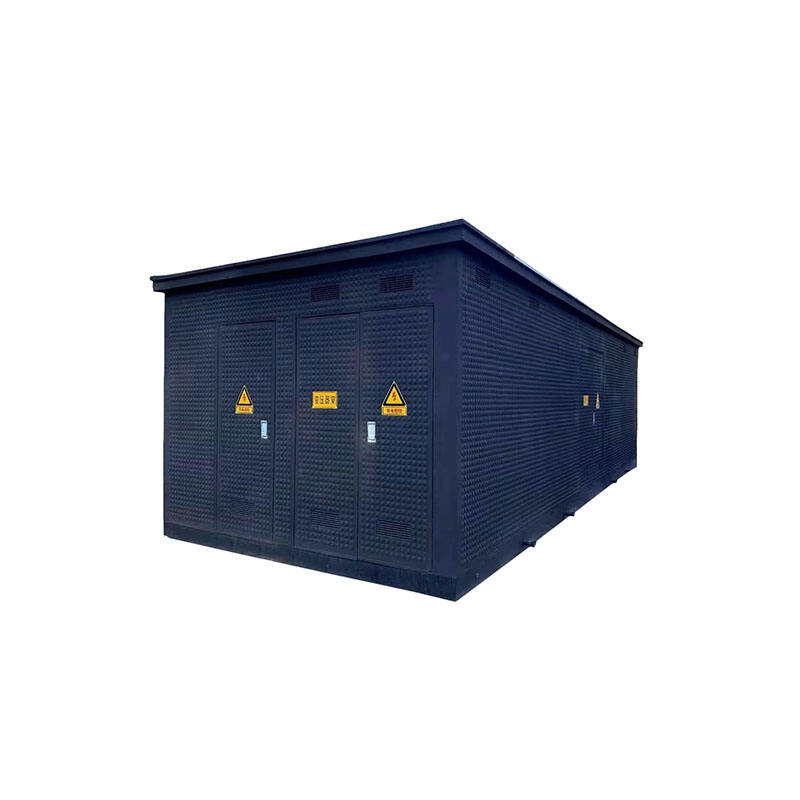how to select electrical accessories requires careful consideration of performance, compatibility, safety, and durability to ensure they integrate seamlessly with existing electrical systems. When figuring out how to select electrical accessories, start by defining the specific function—whether it’s connectors, terminals, switches, or surge protectors—to match the accessory’s specifications to the system’s voltage, current, and environmental requirements. Compatibility with existing equipment is critical in how to select electrical accessories; verify that the accessory’s dimensions, mounting options, and connection types align with the components it will interact with, such as cables or switchgear. Safety certifications, including UL, CE, or IEC marks, are essential when learning how to select electrical accessories, as they confirm compliance with standards for fire resistance, insulation, and overload protection. Durability is another factor in how to select electrical accessories; consider the operating environment—temperature, moisture, and vibration—to choose accessories with appropriate materials (e.g., corrosion-resistant metals for industrial settings). Cost should be balanced with quality, avoiding low-grade electrical accessories that may fail prematurely. Finally, checking manufacturer reputations and user reviews helps in how to select electrical accessories, ensuring reliability and long-term performance.


